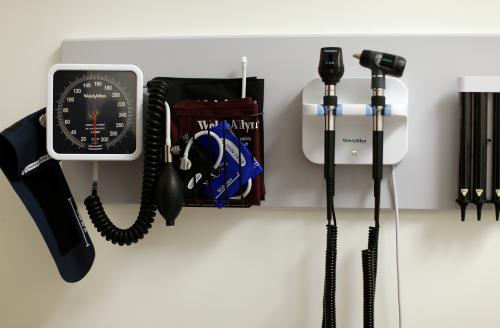America spent $3.5 trillion on health care in 2017, totaling 17.9 percent of the country’s GDP. Health spending accounts for more than one-quarter of all federal spending and is expected to double over the next decade. Without policies in place to control the growth of health care spending, there is a risk that a large amount of the economy’s future growth will be absorbed by an excessively costly health systems, without appreciable gains in actual health.
Joseph Antos, senior fellow at AEI, and the late Alice M. Rivlin offer a new vision for health reform that builds on the existing health care system. Their approach arms purchasers, including consumers, physicians, insurers, employers, and the government to make cost-effective decisions in a competitive market environment. Antos and Rivlin stress the importance of competitive pressures on health care prices from both the supply and demand sides.
Key elements of this reform include:
- Improving information about prices and outcomes to spur cost-reducing pressure from patients and help consumers, providers, and insurers make more cost-effective choices.
- Shifting away from fee-for-service payment where possible, holding organized provider groups responsible for the cost and quality of the treatment provided to patients.
- Removing barriers to competition among insurers and health care providers, using the power of competitive markets to drive toward cost-effective health care delivery.
- Applying regulation and direct intervention where markets are demonstrably not workable.
These pro-competitive steps can promote greater efficiency in our health system and slow the growth of health spending, freeing up resources that can lead to stronger economic growth. Read the full report here.









